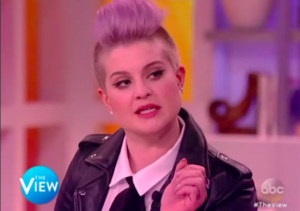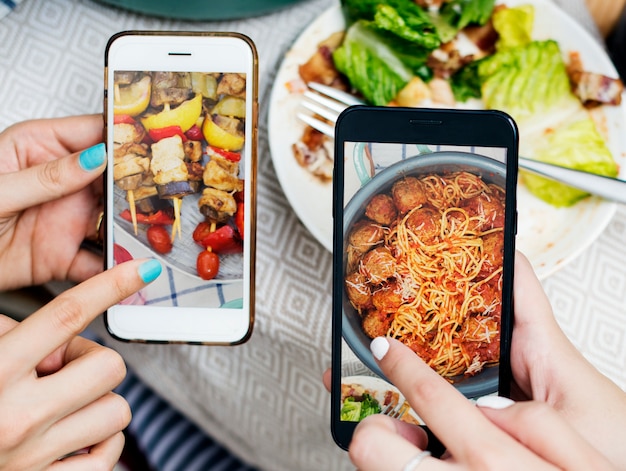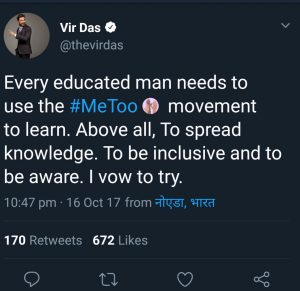A dating industry senior analyst, Caitlin Moldvay says that “Societally, we are going to increasingly meet more of our romantic partners online as we establish more of an online presence in terms of social media“.
A survey of 19,000 individuals married in the years 2005 to 2012 revealed that relationships that began online are more happier and less likely to end in divorce or splitting up. The findings of this survey are that 35% of these relationships which ended in marriage began with the individuals meeting each other online and 45% relationships began with them meeting each other on dating sites or social media platforms. In this modern age, with social media at flourishing as it is, meeting people and dating can be done with just the swipe of your finger (literally Tinder). According to a study done by Pew Research Center in 2015, about 75% of college students use Tinder and 80% of Tinder users are millennials.
All of these surveys and researches reveal that social media and dating sites contribute to a significant portion of the current age’s relationship “searching” tool rather than actually meeting people in real life. Everything from text, audio and video is shared through social media which almost eradicates the need for people to search for a partner in real life. Simply put, it is much easier to meet potential partners over social media and dating sites compared to actual real world interaction as one could walk past a person who 99% compatible with them but would never know it – but through social media he/she could look at their interests, their music taste, the movies they like and a whole array of information about a person(should they choose to reveal it).
In lieu of this, it is evident that in this digital age, most people prefer the convenience of social media and technology in the pursuit of a relationship, thereby creating a new social dynamic – a social dynamic where people are more inclined to meeting people online through the help of social media or dating sites rather than actually meet-meeting them, not only because it is easier, sure the convenience is a major plus point as people are just a literal swipe away, but also because relationships which start off like these have a higher success rate.





